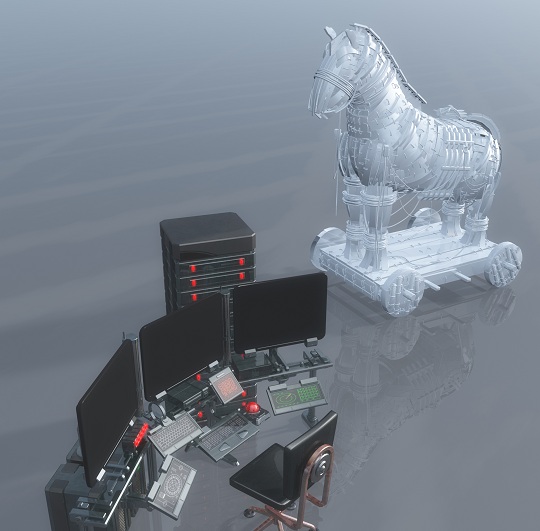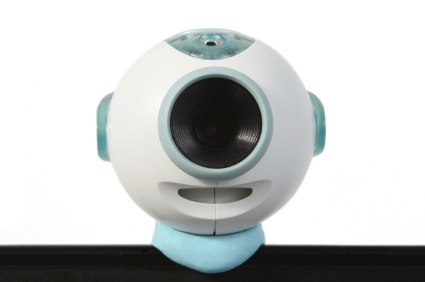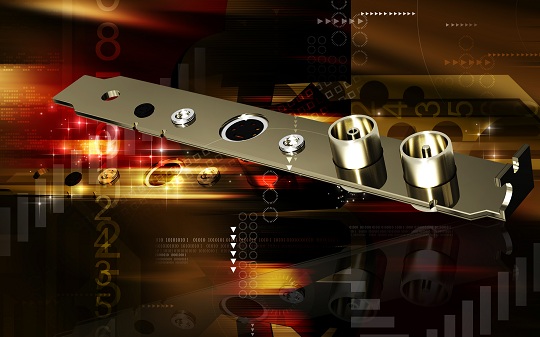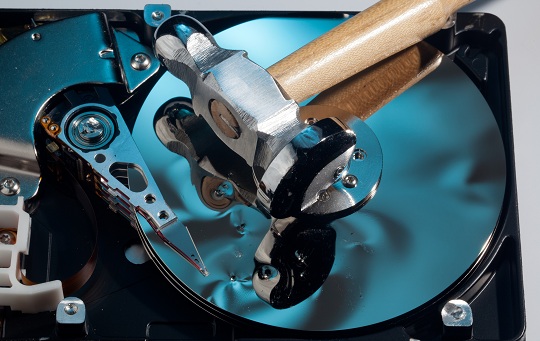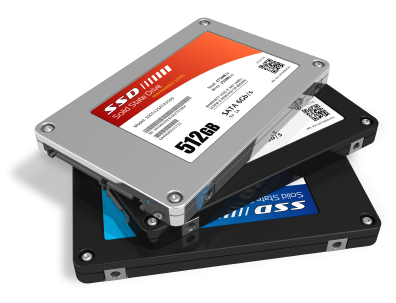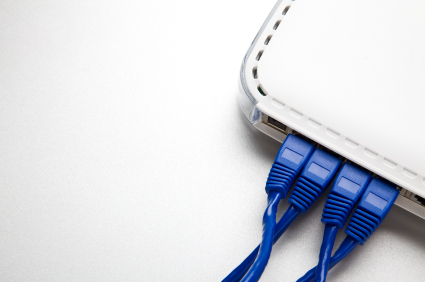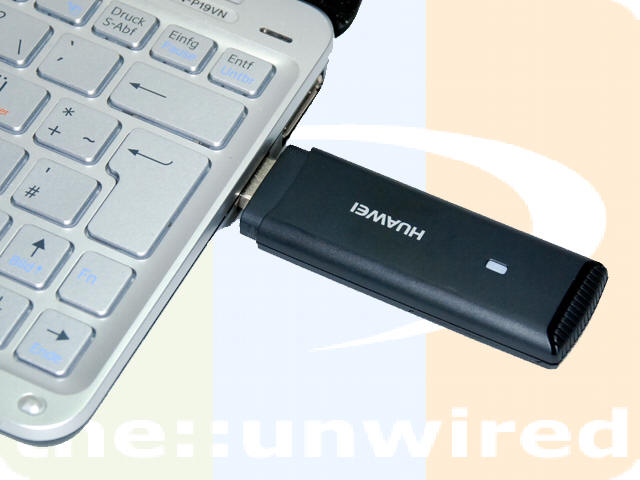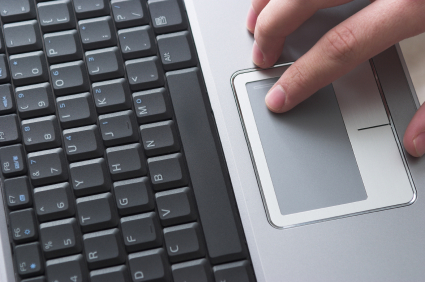You should remove a Trojan horse virus as soon as you can after you realize it has infected your computer. Trojan horse viruses attach themselves from the Internet onto programs within your computer and penetrate the infrastructure of your computer. The following are a few helpful tips when it comes to protecting and maintaining a safe computer.
– Avoid getting a Trojan horse by using caution and discretion with the websites that you click. Do not link to random websites or cruise sites that look fishy. Take extra precaution by having a secure wireless connection. Check out this helpful link for more information about how to remove a Trojan horse virus from your computer.
– Do not download the “exclusive” videos that you can only find on one site. Most likely, it is a fraud and will download a bug onto your computer. Chances are if the content seems to be one of a kind, then it is only titled that way to get your attention and draw you into downloading the fake link.
– If you have to turn off your protection to enter into a trusted site or download a secure file, remember to return your security settings to full protection after you have finished your task.
– Remove the registry files that have been infected along with the .exe files. If you are removing registry files, do some research beforehand and consult the professionals for help. If you accidentally remove the wrong files, these actions can seriously damage your computer. For more help, check out TalkLocal. TalkLocal is a local service search engine that can direct you to a top-rated computer specialist right in your neighborhood. Within minutes you will be speaking to a professional who can help you at the time that is most convenient for your schedule. Try it out!

